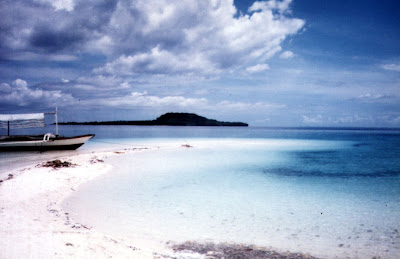With still some daylight up ahead, we opted to visit another of Gov. Luis Villafuerte’s priority projects: the Deer Breeding Farm in Ocampo. Located below Mt. Isarog’s slopes, this experimental breeding farm, started in 1996, has a 60-head herd made up of 5 species of Australian deer (blackbuck antelope, the fallow deer, the chital deer, red deer and elk).
 |
| Grazing deer with Mt. Isarog in the background |
Here, we decided to go “deer hunting” with our cameras. This proved quite difficult as the deer were wary of us newcomers, retreating as we approached them. Luckily, it was feeding time and the deer seemingly ignored us as they went about their meal with gusto. We also had our fill as we clicked away with our cameras.
 |
| The deer up close |
Its not everyday that we see deer in the country but it certainly is possible in Camarines Sur. Satisfied with this unique experience, we decided to call it a day, returned to our van for the return trip back to Naga City and our hotel, dropping off our guides along the way. That night, I slept soundly, counting deer instead of sheep.
Deer Breeding Farm: Brgy. Sta. Cruz, Ocampo, Camarines Sur


.jpg)




.jpg)







































